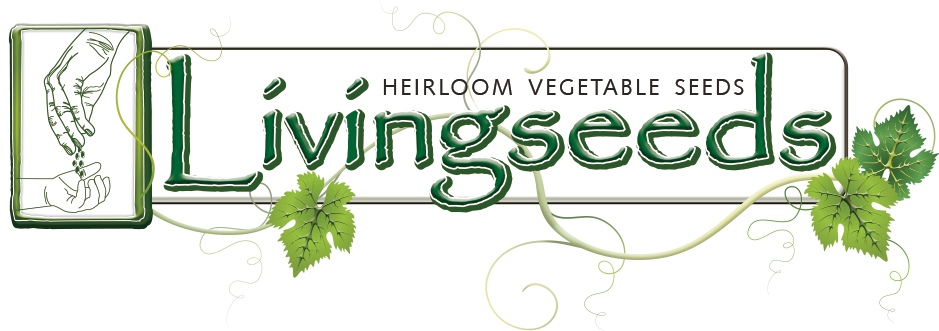Seedling Treatment
Treatment of seedlings
1) Once your seeds have emerged, ensure that they get adequate water every day. Most seedlings die from lack of water or overheating.
2) If your seedlings have been grown indoors or under protection, they will need to be ‘hardened’ before being transplanted outside. Hardening is best achieved by exposing them to direct sunlight for increased amounts of time over the period of about 7-10 days. An example would be. Day 1-3 expose for 3 hrs, Days 4-7 expose for 5 hrs, Day 8-10 the whole day, then transplant outside.
3) Light plays a very important role in the growth of your seedlings. Too little light and the seedlings will ‘stretch’ and grow towards the light giving you tall, leggy seedlings with a pale colour. Adequate light will give you strong robust seedlings with a good colour.
4) To help the plants build up cellular structure and encourage them to ‘fill-out’ run your hands over the tops of the seedlings, this stimulates the plants into thinking that there is mechanical stress in their environment, like animals moving around and over them. This causes the plants to increase the strength and growth of their cellular structure and makes for stronger more robust plants.
5) Your plants are ready to transplant when there are 2 or more true leaves on the plant. When transplanting try and get the soil and seedling plug moisture at a similar level. If the plug is dry then a transfer barrier can develop where the soil is wet and the plug remains dry. This is one of the biggest causes of transplant stress.
6) Water the bed thoroughly after transplanting to assist with re-hydration of the soil and seedling.
7) Transplanting is best done in the cooler parts of the day. Evening is better than morning transplanting, as this gives the seedling a chance to send out some roots. An even better scenario is to transplant when you are expecting a few cloudy/cooler days in a row.
Growing on seedlings.
One option is to grow your seedlings on in larger pots or jiffy bags. The idea behind this is to start seedlings in the middle of winter and keep them growing until the weather warms up enough to transplant outside. One can use progressively larger pots or jiffy bags as you transplant the older seedlings up.
What this will do is enable you to get a crop of veggies off your plants very early in the season. This is one way that market gardeners beat their competition and manage to secure higher prices with plant ripened veggies a full month or more before anyone else.
